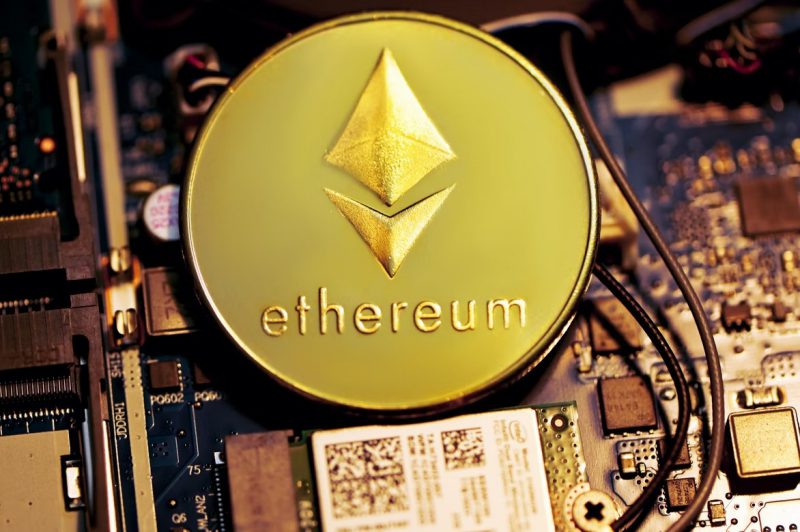The Ethereum [ETH] network is on the verge of making its shift from proof-of-work [PoW] to proof-of-stake [PoS]. The entire community has been in high anticipation of this switch. While several have continued to condemn this transition, Bank of America [BofA] seemed happy about it. BofA noted that Ethereum’s shift would lower its energy consumption by 99 percent.
Following ‘The Merge’ in September, the need for ETH miners will be negated. Before this event, let’s dive into the process of mining Ether and the duration involved.
Mining Ethereum
The process of mining Ethereum simply means adding more blocks to the blockchain. While both Bitcoin [BTC] and ETH employ the PoW mechanism, mining ETH is undoubtedly a little different.
Ethereum was created to resist ASICs, allowing for efficient mining only with graphics processing units [GPUs] and discarding hashes from AISCs. In striking contrast to this, ASICs are currently used to mine Bitcoin. This limitation was intended to reduce the centralization of hash power observed in the Bitcoin network.
Similar to Bitcoin, Ethereum miners also garner rewards. The standard mining reward is 2 Ether for every block that gets mined. As mentioned earlier, this would be slashed following ‘The Merge.’ The Ethereum mining profitability chart already shows a steep descent.


In addition to this, Ethereum can be mined in three ways. Pool mining includes mining the largest altcoin in collaboration with others, and this is one of the most commonly employed mining methods. After any one of the miners present in a pool solves the cryptographic equation, block rewards are released. It should be noted that it would be given depending on the hash power.
The following process is solo mining. With this type of mining, a miner doesn’t have to share rewards with the others. However, it comes with its drawbacks. An individual miner would require more GPUs to process a block. Therefore, pool mining is widely chosen as opposed to solo mining of Ethereum.
Cloud mining is a rather beneficial but risky mining process. Here, computing power is renter from a third party. Every miner joins the mining farm by paying the service provider a specific amount of hash power. Following this, they would garner rewards from the supplier in proportion to the hashing power they purchased.
So how long does it take to mine one ETH?
A single Ethereum does not require much time to be mined, and the block time of the asset is 13 to 15 seconds. However, the mining duration usually depends on the mining difficulty and the GPUs, and it could reportedly take six months to mine one ETH for a less powerful GPU.
As the network inches closer to ‘The Merge,’ the process slows down as the mining difficulty rises.


As seen in the above chart, the mining difficulty of ETH has witnessed a drastic rise since January 2021. However, it should be noted that over the last 24 hours, the Ethereum mining difficulty saw a dainty plummet of 1.22 percent.
Furthermore, it should be noted that once the difficulty bomb is implemented, it would make the process of Ethereum mining rather impossible.
Additionally, Ethereum miners are certainly not happy about ‘The Merge.’ While some hope for a delay, others promise to mine until the very end.





